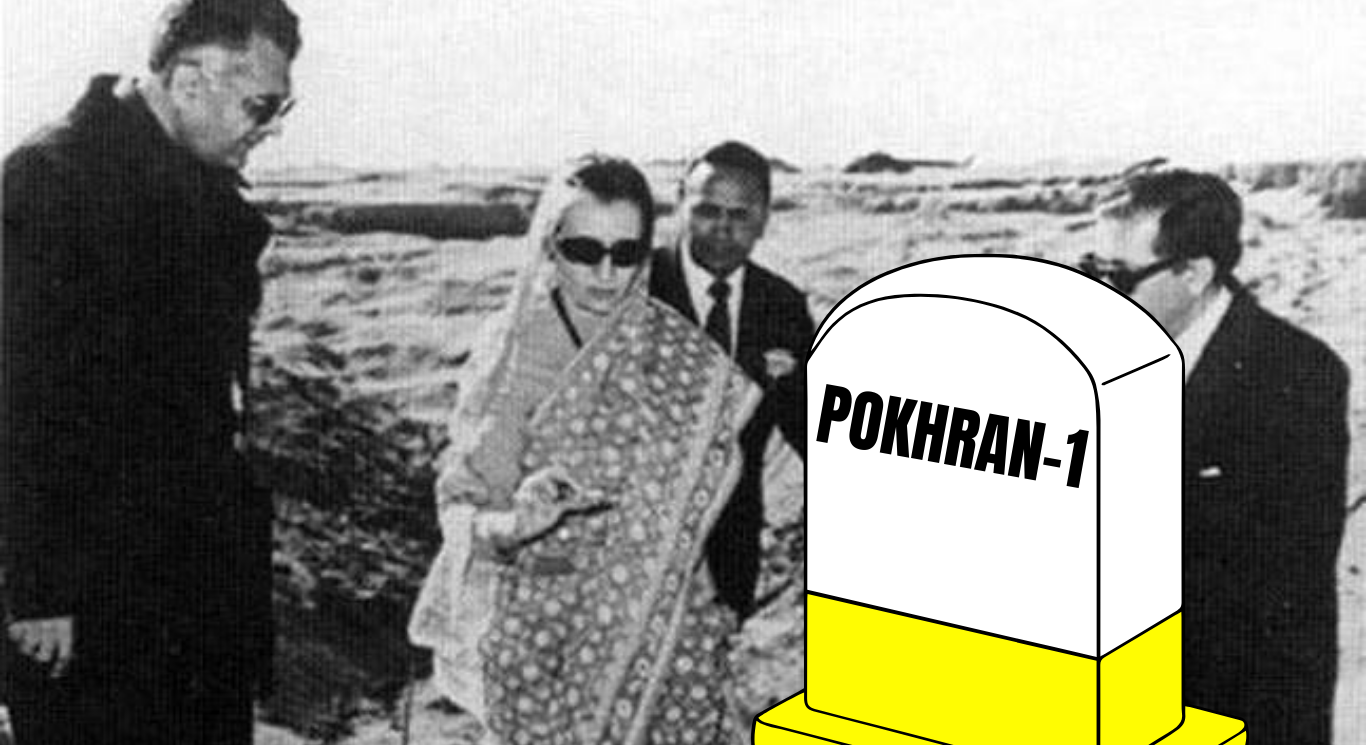










On the tenth day of relentless rescue operations at the Silkyara tunnel collapse site in Uttarkashi, Uttarakhand, a significant breakthrough occurred as an endoscopy camera was successfully inserted into the collapsed section. The first visuals of the trapped workers emerged, revealing their good health and communication with the rescue teams.
As the rescue team strives to establish contact with the workers, the endoscopic flexi camera provided crucial insights, confirming that the workers were in sound health and able to communicate with the rescue teams.
Simultaneously, the rescue team initiated the process of laying a pipeline inside the Silkyara Tunnel, fostering communication with individual workers to obtain health updates.
In another pivotal development, rescuers successfully reached the tunnel with a vertical drilling machine from the upper part of the hill above the tunnel. This achievement is particularly significant as 41 laborers remain trapped inside the tunnel.
The transportation of the drilling machine, named Harbanz, required 13 hours and three vehicles, according to the driver who transported the machine’s parts, as reported by ANI.
This latest progress follows a significant breakthrough on the ninth day of rescue operations when a six-inch-wide pipeline was pushed through the rubble of the collapsed portion, establishing an alternative lifeline for the stranded workers. For the first time since the incident, hot Khichdi was sent to the workers through this pipeline.
The tunnel collapse occurred on November 12 during the construction of a tunnel from Silkyara to Barkot, trapping 41 laborers due to a muck fall in a 60-meter stretch on the Silkyara side. The trapped workers are believed to be inside a 2 km-built tunnel portion, which is structurally complete with concrete work, providing a measure of safety. This portion of the tunnel has access to electricity and water, and essential items, including food and medicines, are being provided through a 4-inch compressor pipeline.
Colonel Deepak Patil, the rescue operation in-charge, highlighted the main challenge of evacuating trapped individuals through a 900 mm pipe, which will be attempted later. Meanwhile, immediate provisions such as food, mobiles, and chargers are being sent inside the tunnel through the existing six-inch lifeline.
In terms of sustenance for the trapped laborers, a list of available food options has been prepared in consultation with doctors. Plastic cylindrical bottles with wide mouths are being utilized to send bananas, apples, Khichdi, and Daliya to the workers.
Rescuers filled cylindrical bottles with Khichdi to be sent to the stranded workers, marking the first time a hot meal is being delivered to them. Hemant, the cook responsible for preparing the Khichdi, expressed that the food is being sent inside the tunnel based on recommendations.
Uttarakhand Chief Minister Pushkar Singh Dhami assured that the evacuation efforts are progressing rapidly. If any relatives of the trapped individuals arrive at the site during this period, the government is prepared to make arrangements for their travel, accommodation, and food.
The Ministry of Road Transport and Highways announced that rescue operations are ongoing in full swing, maintaining constant communication and efforts to boost the morale of the workers trapped in the two km-built tunnel portion. Rail Vikas Nigam Limited (RVNL) is actively working on another vertical pipeline for the supply of essential items.
Various government agencies have been assigned specific tasks as part of the comprehensive rescue operation. The first machine of SJVNL for the construction of the vertical rescue tunnel has reached the tunnel site, and operations are commencing following the completion of the access road by the Border Roads Organisation.
The release mentioned that laying a 900 mm pipe through the muck was initially considered the best and fastest solution, as advised by experts. However, due to ground movement on November 17, it became unsafe to continue without securing the structure. In light of the lives at stake, a decision was made to progress on all possible fronts simultaneously to expedite the rescue.
The trapped workers are located in an 8.5-meter high and 2 km long area, representing the built-up portion of the tunnel where concreting work has provided safety. This portion of the tunnel offers electricity and water access.
The release detailed five options and assigned five different agencies to execute these strategies. The National Highways and Infrastructure Development Corporation (NHIDCL) will continue drilling from the Silkyara end after ensuring safety arrangements, with the Army preparing a box culvert to facilitate this. A canopy framework is also under construction to ensure the safety of workers during these operations.
On Monday, Anshu Manish Khulko, the Director of NHIDCL, expressed the trapped laborers’ joy upon learning about the installation of a 6-inch pipe in the tunnel. The atmosphere of optimism continues as the rescue efforts persist.









